Deck & Commander Strategies
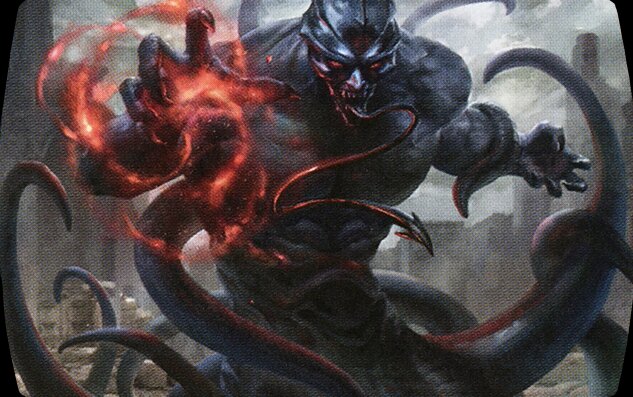
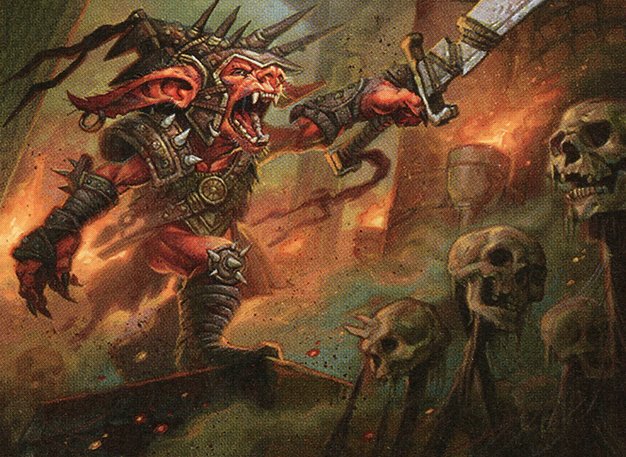
Rograkh, Son of Rohgahh & Tevesh Szat, Doom of Fools
A Rakdos sacrifice and artifact-themed deck centered on Death Render, using sacrifice triggers and recursion to generate value and control the board.
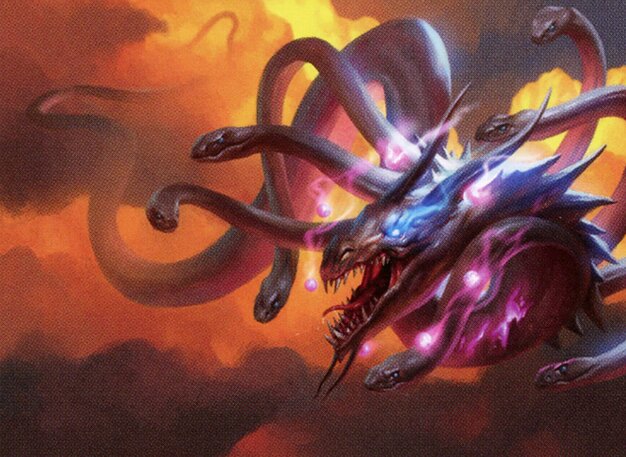
O-Kagachi, Vengeful Kami
A five-color deck built around Mob Rule, focusing on giving creatures to opponents and then stealing them to manipulate combat and board presence.

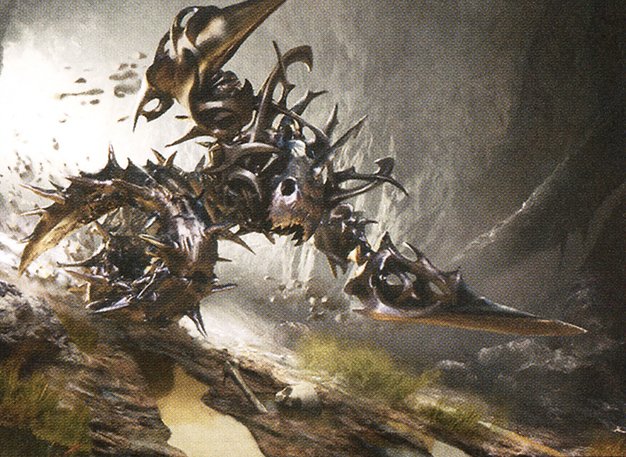
Armix, Filigree Thrasher & Ich-Tekik, Salvage Splicer
A Golgari artifact synergy deck leveraging an indestructible artifact land and artifact-centric creatures to build a resilient board and generate incremental advantage.
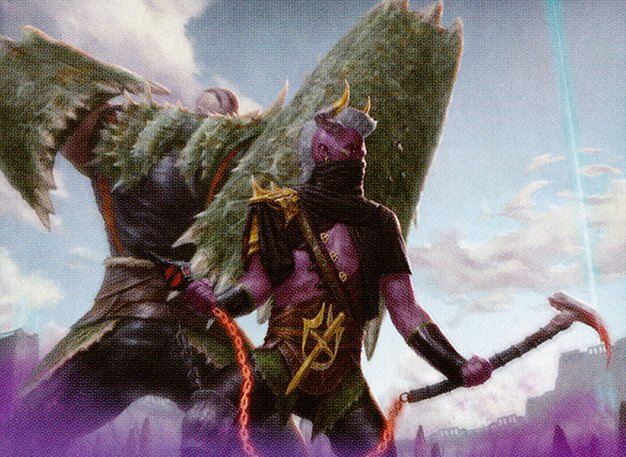
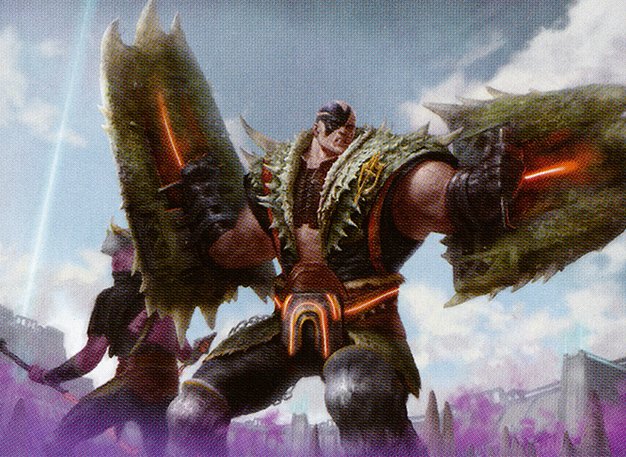
Virtus the Veiled & Gorm the Great
A deck focused on halving opponents’ life totals through combat damage with Virtus, using partner synergy to maximize pressure and control.
Gameplay Insights
- 1
Richard’s use of Death Render’s ability to replace sacrificed creatures with new ones from hand created continuous board presence and pressure.
- 2
Seth’s strategy of handing out creatures to opponents to later steal with Mob Rule created a dynamic control of the board that disrupted others’ plans.
- 3
Phil’s artifact synergy deck gained resilience from the indestructible artifact land Darkmoss Bridge, allowing him to maintain mana and sustain artifact-based combos.
- 4
Virtus the Veiled’s life-halving combat damage ability served as a powerful clock, forcing opponents to be cautious about attacking and influencing combat decisions.
- 5
Players adapted to slow starts by focusing on incremental advantage and board control, highlighting the importance of synergy and timing in multiplayer Commander games.
Notable Cards
-
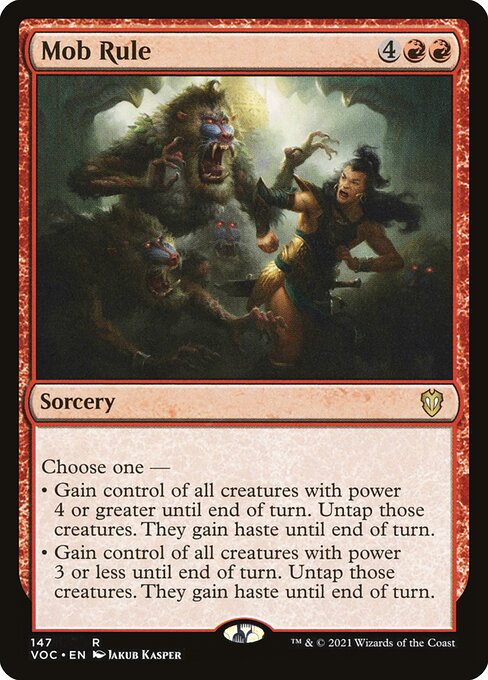
Mob Rule
-

Virtus the Veiled
-

Gorm the Great
-

Armix, Filigree Thrasher
-
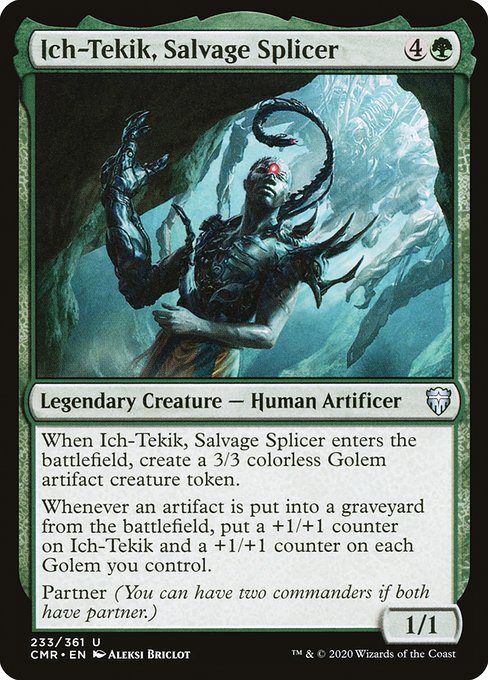
Ich-Tekik, Salvage Splicer
-

O-Kagachi, Vengeful Kami
-
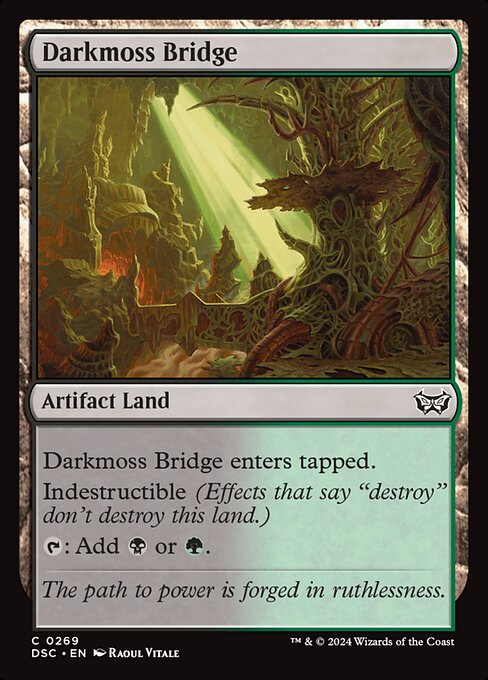
Darkmoss Bridge
Gameplay Summary
The game began with players piloting decks centered around their randomly selected cards, leading to diverse strategies and board states.
Richard built a Rakdos deck around Death Render with Rograkh, Son of Rohgahh and Tevesh Szat, Doom of Fools, focusing on sacrifice synergies and artifact interactions.
Seth played a five-color deck built around Mob Rule and O-Kagachi, Vengeful Kami, aiming to manipulate combat by handing out creatures to others and then stealing them for advantage.
Phil chose a Golgari artifact strategy featuring Armix, Filigree Thrasher and Ich-Tekik, Salvage Splicer, leveraging artifact synergies with an indestructible artifact land as a foundation.
The game saw a slow start for some players, but key moments involved Seth’s creature control swings and Richard’s use of sacrifice triggers for Death Render to generate value.
Phil’s artifact synergy and indestructible mana base provided resilience and incremental advantage.
Meanwhile, Phil’s Virtus the Veiled threatened to halve opponents’ life totals on combat damage, creating a looming clock.
The game’s tempo shifted as players capitalized on their unique decks’ strengths, with interactions around creature control and sacrifice mechanics shaping the flow.
Ultimately, victory conditions revolved around leveraging powerful commanders and synergies—such as Virtus’s life-halving damage or the Rakdos deck’s sacrifice and recursion—to outpace opponents.














![Commander VS: Sidar Kondo & Tana VS Tuvasa VS O-Kagachi VS Athreos [EDH] thumbnail](https://i.ytimg.com/vi/7KJdIzOV5XM/sddefault.jpg)






![Alela vs Edgar vs Animar vs O-Kagachi [EDH/Commander Gameplay] 2020 thumbnail](https://i.ytimg.com/vi/SmadQbfh2i8/sddefault.jpg)




















![Herumkommandiert #07 | EDH Commander Gameplay [Deutsch] thumbnail](https://i.ytimg.com/vi/3ZrvBfp1e9w/sddefault.jpg)



